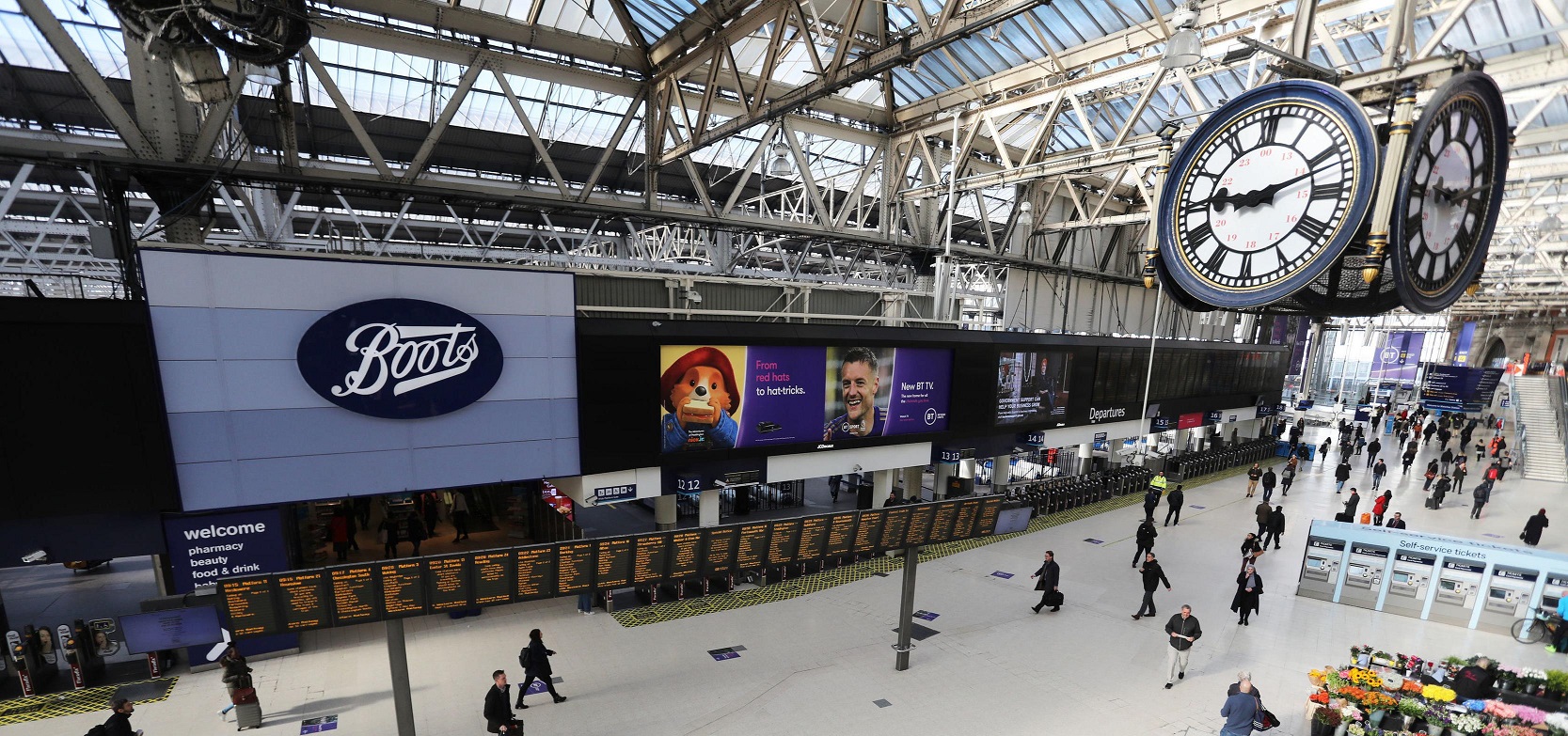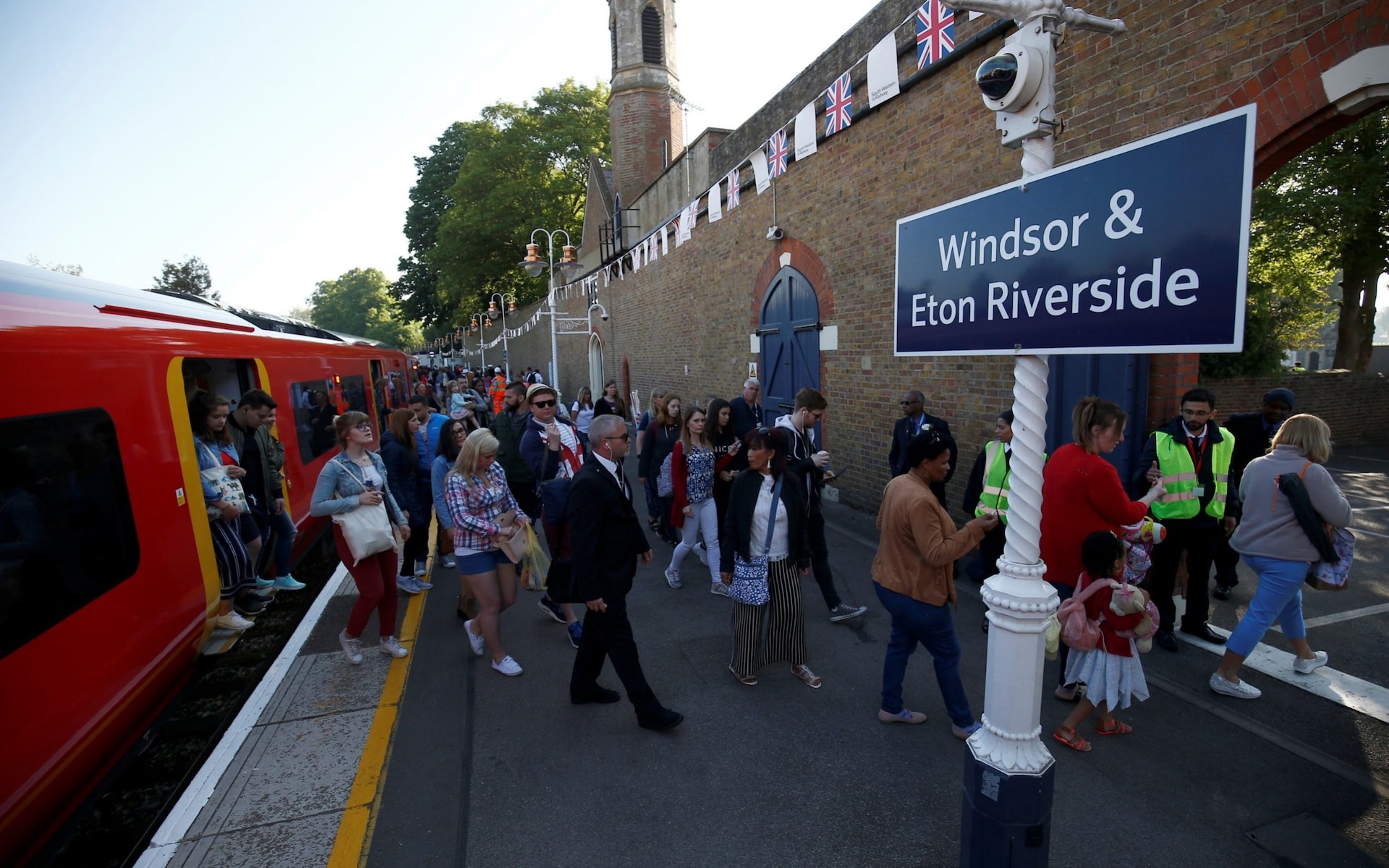The final results for the Windsor residents’ survey has shown overwhelming support for its proposals, with 95% of Windsor residents agreeing that it is important to Windsor and 92% petitioning the council to look actively at the ideas.
The results of the survey were as follows.
The first question asked: The Windsor Link Railway proposes more frequent services to London (at least every quarter hour as opposed to half-hourly currently) and faster trains (taking up to 20 minutes off your journey time to London). How important do you think this is?

95% of Windsor and Eton residents (as defined by the SL4 postcode) responded that this was important (17%) or very important (79%) to Windsor.*
This is a slightly higher proportion of residents who thought it was important to themselves personally (84%), suggesting that it recognised even by people who do not use the trains that all residents benefit from improved transport links.
*The important and very important responses add up to 96% (rather than the 95% stated above) due to rounding.
The second question asked: The Windsor Link Railway proposes direct trains to Heathrow from Windsor and via Windsor from the west. How important is this?

89% of residents thought this was important to Windsor and 81% to them personally. This is a slightly smaller proportion of residents that thought better links to London were important. This fits with market research for passenger revenue forecasts conducted by WLR. It is also a message for politicians who perhaps sometimes focus too much on the glamour of connecting to Heathrow and not enough on supporting people’s day-to-day travel needs.
| Statement | Response |
|---|---|
| Better trains add value to my property and that’s a good thing | 93% agreed |
| I would prefer Windsor to be quieter rather than busier | 61% disagreed |
| Businesses and shops in Windsor need better parking and transport links to survive here | 89% agreed |
| Better trains aren’t important as people have cars or can use taxis | 92% disagreed |
| New train services are better funded privately rather than by the taxpayer | 54% agreed |
| Windsor needs a park-n-ride facility near the M4 for shoppers and visitors | 78% agreed |
The above statements with about 90% agreeing or disagreeing are unsurprising and correlate with the responses to the first two questions.
More interesting is the (slight majority) support for a privately run railway even though no major political party has been promoting this nationally. Also, a politically hot potato locally is the idea of a park-n-ride. These results are again principally for central Windsor and do not reflect the strong opposition to previous proposals for a park-n-ride on Eton Meadows. However, the WLR neatly side-steps this problem as it proposes a park-n-ride in Chalvey on the site of the current tip, thereby protecting the Green Belt whilst still reducing car traffic into Windsor.
Six respondents using the free text response box complained that the statements above were loaded or leading people to supporting the scheme. However, in every case such respondents had already made their opinions clear in their answers to preceding two questions. This comment may stem from a misunderstanding of this third question, the purpose of which was to assess agreement of otherwise with political opinions rather than to measure overall support for the scheme’s first two phases, which was the purpose of the first two questions.
Obviously, major improvements to transport infrastructure cause disruption whilst they are built. How much disruption do you think the benefits that the new rail links, riverside landscape improvements and parking, as proposed by the Windsor Link Railway, would be worth to Windsor?

Only 8% would tolerate only 6 months or less disruption, with almost three-quarters accepting a year’s disruption, which is more than the new rail line is expected to cause. The most popular answer was ‘as long as it takes within reason’ (43%).
The Windsor Link Railway could attract new residents to Windsor and make it possible to accommodate some premium homes by the river. Do you think this would be appropriate?

75% of residents thought that this could be acceptable in principle, responding either yes (25%) or ‘it depends on how many and the type of home’ (46%).
This is a surprisingly positive response for such a vague question about development in such a sensitive area. It suggests that people recognise that there are pressures on housing and that subject to an acceptable design and there not being over-development a large majority would accept this.
A few respondents (4, 1%) used the comment box to suggest that this was the only reason for proposing the railway. The truth is that some development around the riverside area is inevitable with or without the railway and it would be better for residents if any profits from this could be invested in better transport links to support additional homes, as well as existing ones, and that any such development is properly planned rather than being piecemeal.
A further ten respondents (3%) thought that more affordable homes should be provided. Some also said that the Green Belt should not be built on. As one of the advantages of the WLR is protecting the Green Belt and by enabling new housing in Chalvey and elsewhere it increases the supply of affordable homes, so these responses suggest that a broad consensus is possible
What’s your opinion of the riverside area of Windsor and Alexandra Gardens?

A majority (55%) thought that area could be improved and a shockingly high proportion (30%) thought it was run-down with tacky shops. There were positive comments about the new Jubilee fountain but respondents clearly wanted more improvements like this.
I petition the local council to look actively at ideas for improving the riverside area, parking and transport in Windsor, including those of the Windsor Link Railway Ltd, on behalf of local residents.

92% of respondents supported this petition. As at 9 April 2013, the total petition count both on and off-line stands at 358.
A geographical representation of the location of petitioners is illustrated above. (Click on the image to enlarge.)
The survey targeted the centre of Windsor (the Castle Without ward) as this is the area most affected by the proposals, both positively in terms of new rail services and improvements to the riverside environment as well as negatively, e.g. from disruption during construction.
Residents were invited to participate by a post card delivered to 3,000 addresses between 16 March and 2 April 2013. The survey was also promoted via Facebook and local restaurants as well as the RBWM website. The online survey was open from 3 March to 9 April. 325 responses were received in total of which 285 were completed. This included 24 hardcopy returns, where residents could return the postcard indicating their support.
The population of the Castle Without ward is about 5,000, according to the latest census data, and as such the survey is a statistically significant sample of the target audience with a ±10% margin of error at 90% confidence.
The survey was also tested for representativeness by age and by method of going to work. The ages of respondents broke down as follows.

The mode of commute, that is method of travelling to work, of respondents was as below. There was no statistically significant difference in replies according to this answer, as can be seen from the chart below. Car users, for example, gave similar answers to train users.

The survey was also tested for geographical representativeness. Responses were evenly spread over the residential areas of central Windsor and the surrounds. The slider graphic above illustrates both petition responses across the borough and answers to question 1 in central Windsor.
The rate of positive responses was slightly higher for valid respondents compared with that for all respondents (including those who didn’t complete the survey or gave fake post codes etc.) For example, completed valid surveys saying phase 1 was important for Windsor was 95% but only 93% for valid respondents as a whole and 90% for all respondents. At first glance, this may seem to imply that people living outside of Windsor are less supportive of the railway than those living in the town. This is counter-intuitive as any disadvantages (e.g. from building works) would be entirely for Windsor whereas there would be only benefits for those travelling through on additional services. A possible explanation is that people outside Windsor are jealous of the potential improvements and have thus been somewhat ungenerous in their responses. However, a better explanation would appear to be that this is simply sample bias. That is, the returns from outside Windsor are not statistically significant and are thus showing bias which would reduce if a representative sample size were collected. This likely also applies to respondents who didn’t complete the survey or who provided false verification information, fake post codes etc. For this reason, only validated, completed responses in the target area are counted in the results unless otherwise stated.






